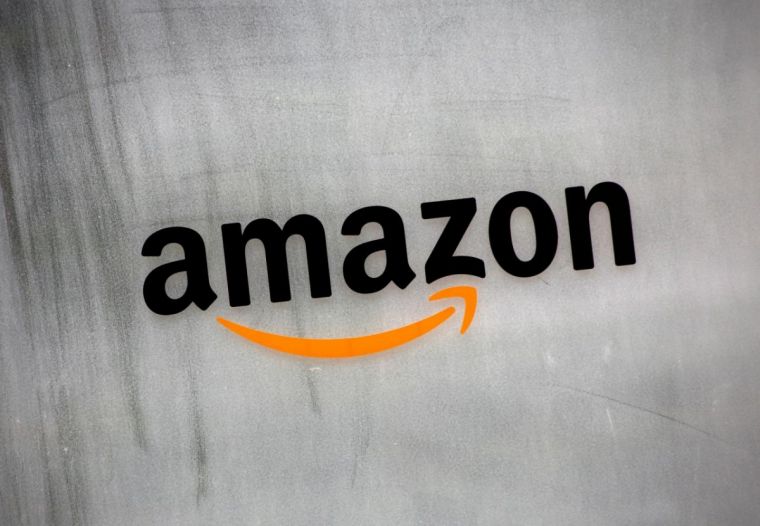Future of shopping: Amazon opens first checkout free store to public

Online shopping giant Amazon opens its first checkout-free brick and mortar retail store in Seattle, Texas, once again revolutionizing the way people shop.
After over a year of testing, retail store called Amazon Go opened to public on Monday.
The shopping process starts as soon as they enter the store, which sports high-tech gates. Here, shoppers would have to swipe their smartphones loaded with the Amazon Go application.
After that first step, they are free to take whatever they want from the store.
Amazon Go heavily relies on hundreds of cameras and electronic senors, which identify each customer and the items they take out of the shelves as well as those they decide to put back.
Shoppers can also pack the items directly to their own bags. No need to use trollies or baskets as no one would be checking the cart at the exit anyway.
Human intervention is very minimal, apart from the wine and beer section, where an assistant is waiting to check IDs.
The futuristic retail store takes away the need to fall in long lines on cash registers and checkout counters as these areas become superfluous. Shoppers are instead billed through credit card once they get out of the store, after they receive an electronic receipt. This would be based on clients' records on file, just like how easy it is to check out in online stores.
Amazon, which purchased Whole Foods Market for $13.7 billion last year, has yet to announce whether it plans to open more Go stores in the future. It clarified, however, that the same state-of-the-art technology will not be applied on the much more complex Whole Foods outlets.
Amazon Go was first opened to Amazon employees in December 2016. The test phase was originally slated for a short period. According to an insider, however, it was extended when the technologically-advanced retail store encountered problems with identifying shoppers of similar body types as well as tracking items moved around by children.











